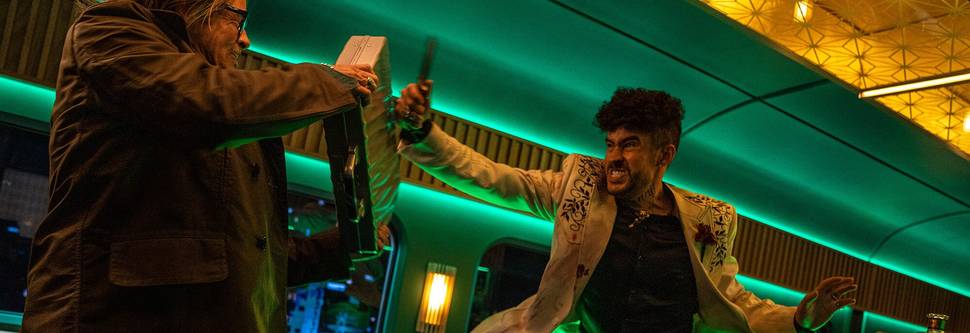
Bullet Train Calls for Mixed Formats and Bold Color
The move to digital cinematography for feature films had wide-ranging impacts on directors of photography and their craft. One important but perhaps less-heralded change is the ability to shift format within a film, or even within a scene. Film capture, post, distribution and display required that filmmakers choose a single format and stick with it for a given project. Of course, once offered the freedom to manipulate format, filmmakers eagerly began using it as another way to support story and character and affect emotional response. Understanding how such technical choices eventually affect human audiences is how cinematographers excel.
Jonathan Sela relished the chance to mix it up with format on his most recent project, Bullet Train, directed by his frequent collaborator David Leitch. Hawk Vintage‘74 lenses were a key element of Sela’s approach.
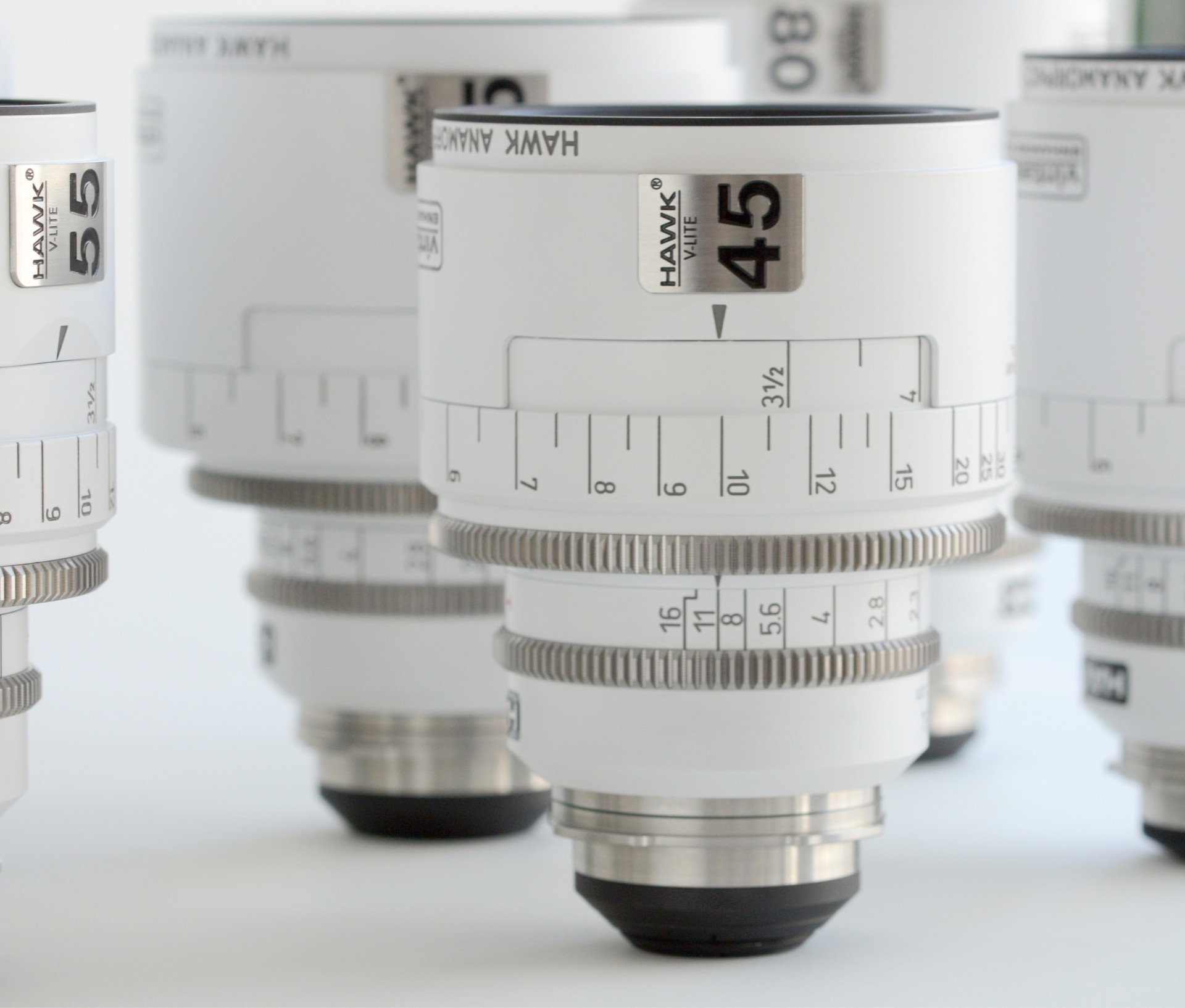
Sela was named “Billion Dollar Cinematographer” by Variety in 2018 in part because of the box-office success of films like A Good Day to Die Hard, John Wick, Transformers: The Last Knight, Fast and Furious Presents: Hobbs and Shaw, and Deadpool 2. In each of those cases, he was able to put his own distinctive stamp on existing franchises, gaining the respect of his peers.
Bullet Train gives us Brad Pitt as a reluctant assassin who competes with other trained killers on a high-speed train traveling from Tokyo to Kyoto. The action is intense, the dialog often cheeky and humorous, and the visual style is bold and colorful. Each assassin has a different backstory and mission, and sometimes this exposition goes back in time. Sela designed the visuals to distinguish theses various threads, at times using film emulsion with anamorphic lenses, Arri LF with spherical lenses, standard Alexas with anamorphic glass, and for one storyline that tracks the adventures of a water bottle – no joke! – he turned to the Red camera.
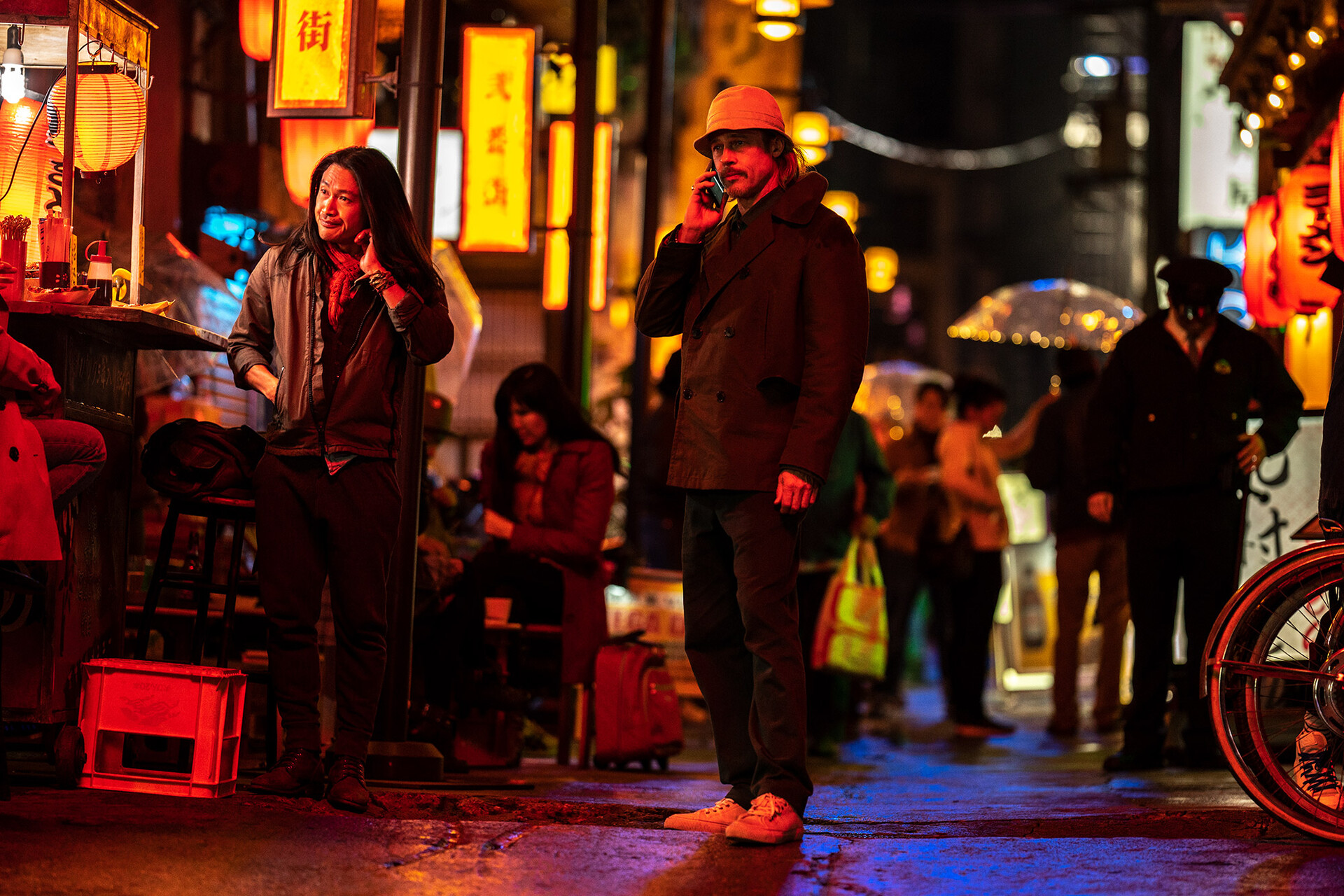
Some of the 35 mm anamorphic scenes take place in Mexico and depict one character’s childhood and how it led to a gangster life.
“We wanted something grainy, with the texture of film,” says Sela of that sequence. “On the train, most shots were spherical, and I wanted to use the LF to better separate the characters from the train. Also, when it came to dramatic scenes that required some intimacy, I’d shift the closeups to anamorphic to create a different feeling even within a scene. Everything that is current but outside of the train was shot on standard Alexa with anamorphic lenses, in order to differentiate those scenes from the train interiors. It might sound strange, but it became our way of working. And it was fun!”
For the anamorphic scenes, Sela chose Hawk Vintage‘74 lenses, provided by Hawk Los Angeles. That might be surprising given that Sela was deeply involved in the development of the Hawk class‑X Anamorphic glass, which deliver an iconic 2x anamorphic look that works interchangeably with Vantage’s Hawk65 and MiniHawk sets. But for Bullet Train, Sela says the Vintage‘74s were the right option. Vintage‘74 lenses use older coating techniques, resulting in the unique visual signature of older glass – gentle aberrations, lower contrast and organic texture – with precision and consistency.
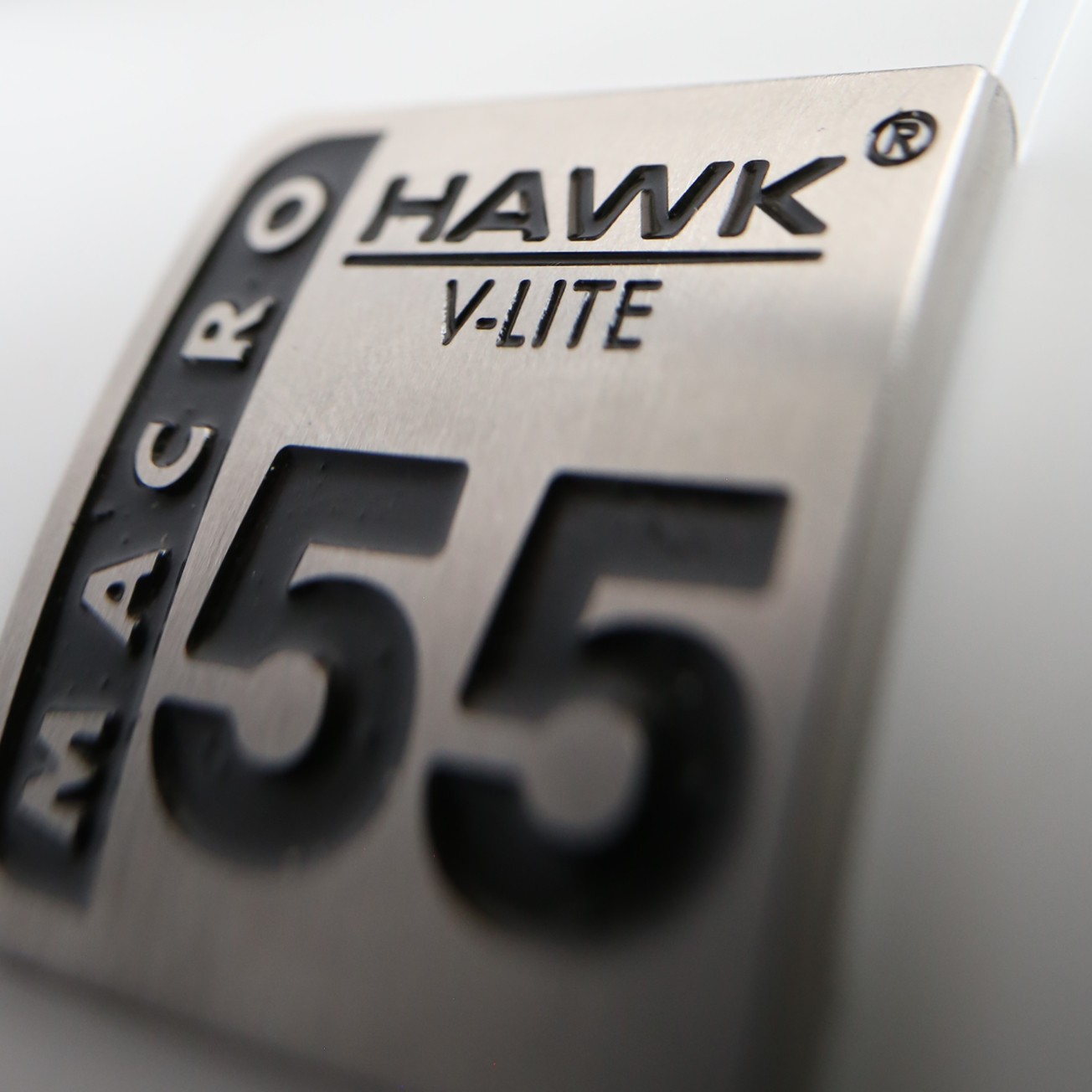
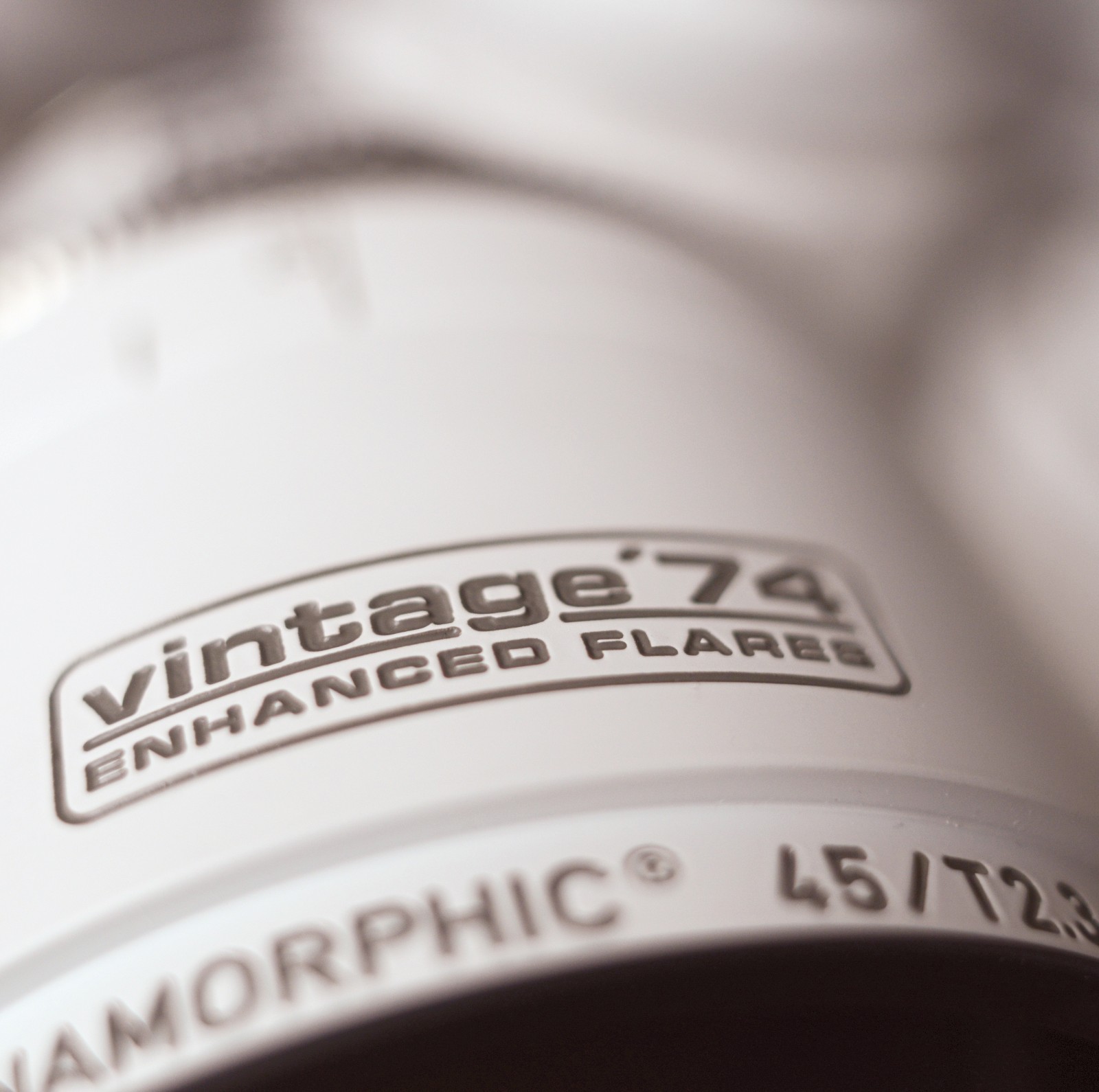
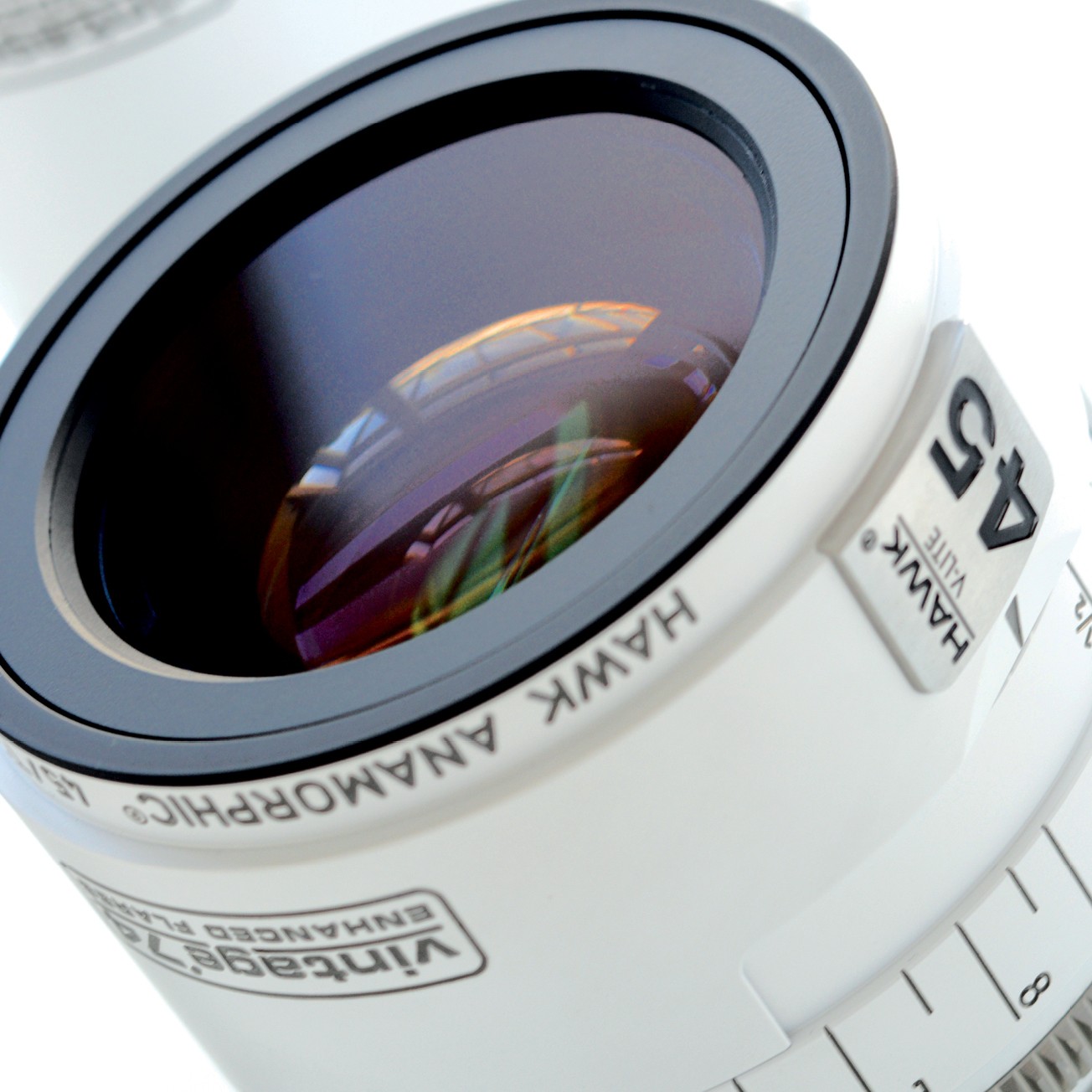
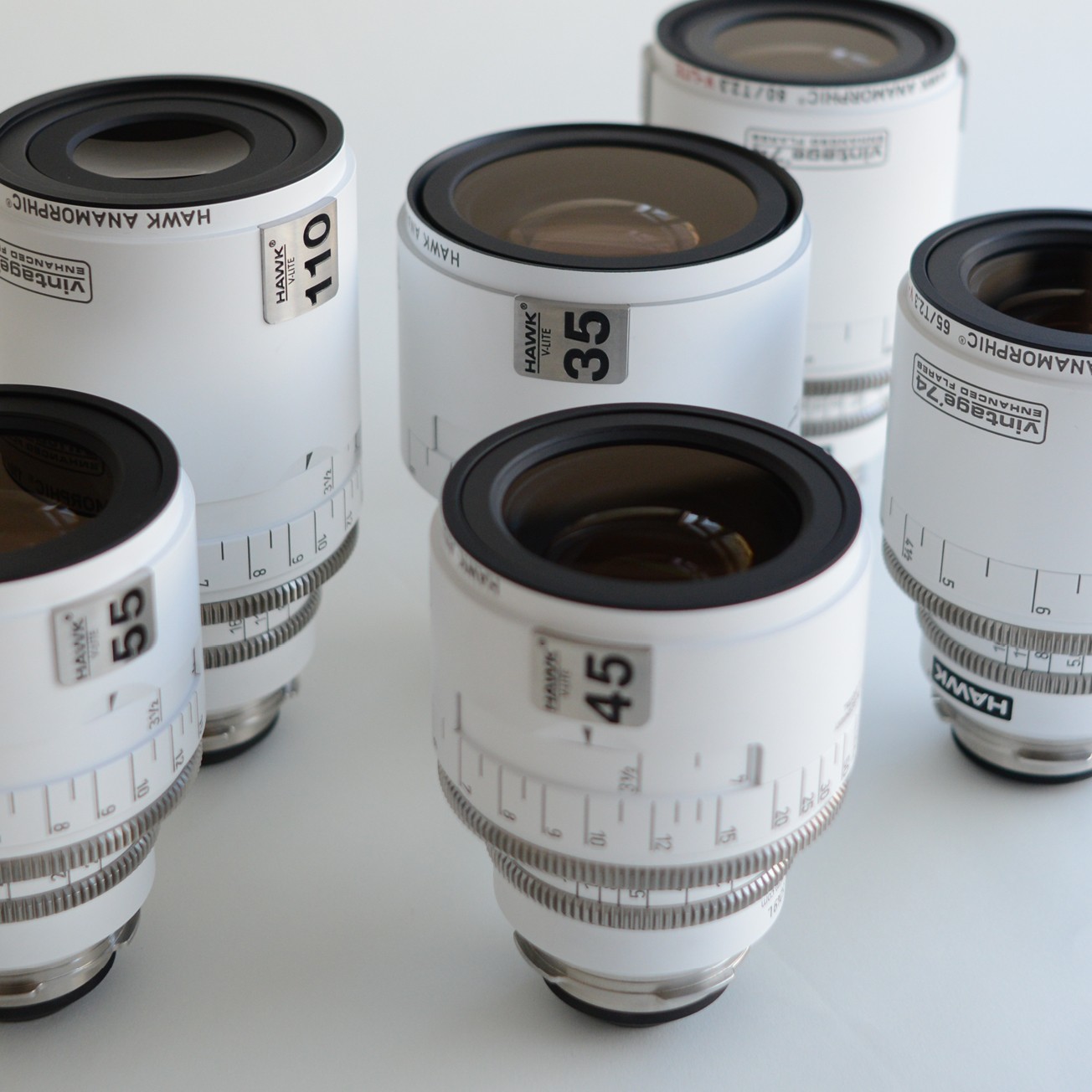
The choice might also seem counterintuitive because Vintage‘74 glass is often thought of as delivering an older, 1970s-period feeling.
“I used the Vintage‘74s on Atomic Blonde, and I’ve always loved them,” explains Sela. “I’ve always liked the imperfection and blooming highlights of the Vintage‘74 lenses. In our testing for Bullet Train, we realized that the movie has so many practical sources and neon signs that it already had a modern feel due to the production design. The train interiors were so sharp and clean and perfect, and the Vintage‘74s helped scale that back a little visually, so it’s not quite so high tech and modern looking. As soon as we saw the Vintage‘74s with some of the set elements, we just thought it looked so much cooler.”
The action in the train unfolds in five specific cars, which again required Sela to delineate visually to help audiences keep up. “Geography is important,” he says. “We shoot things in such a way that you can really understand what is happening. There’s been a shift in movies into such crazy chaos that often the audience doesn’t even know what they’re looking at anymore.”
The train interiors were shot entirely on stages in southern California.
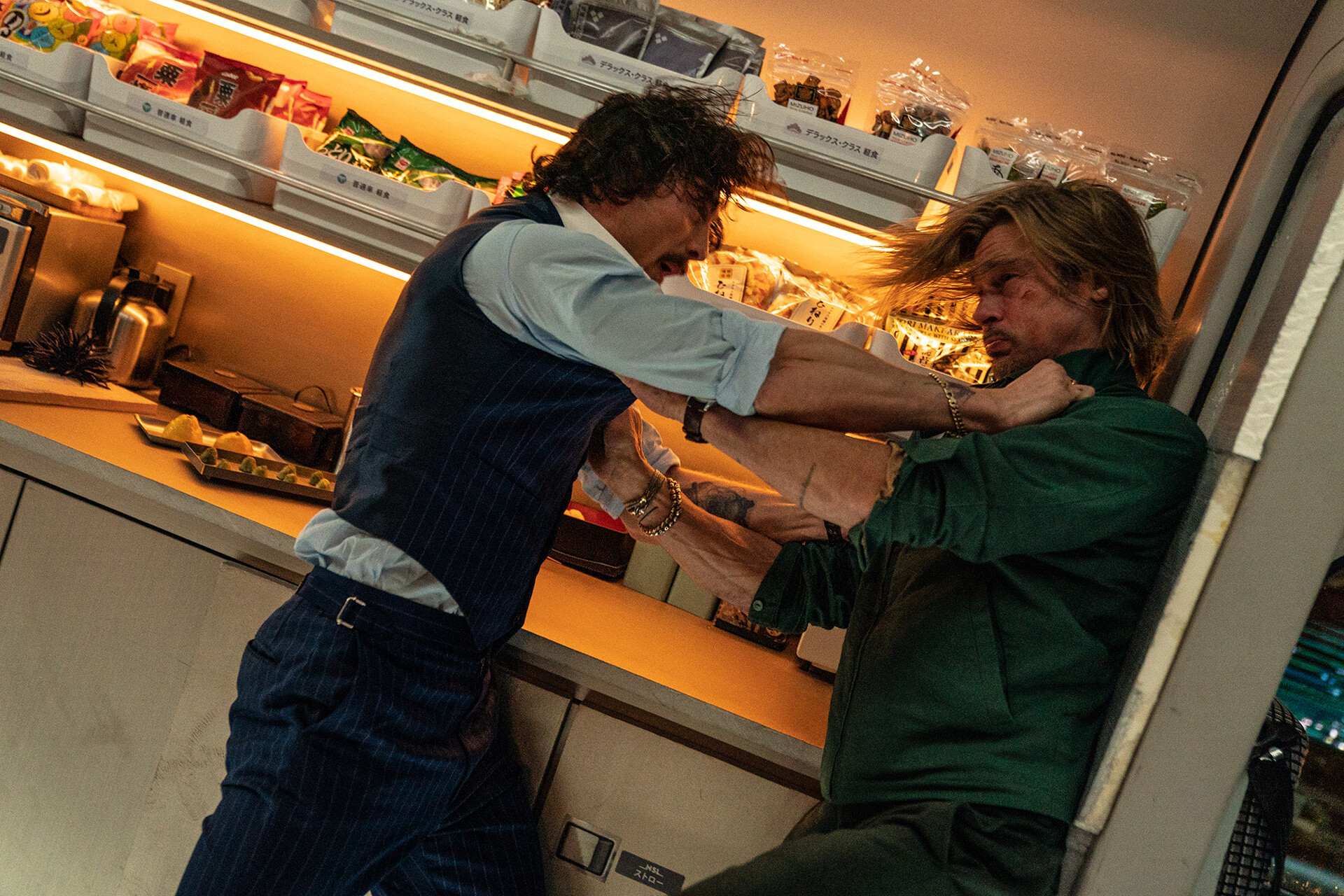
“The driver car was the most industrial or mechanical,” he says. “Pretty simple with a lot of white. There was also an economy car, a first-class lounge and a first-class car. I mixed warm and cold accent light in the economy and first-class cars, but placed them differently for a distinct, yet connected feeling. I took the spectrum from blue to warm and pushed it as far as I could. The first-class lounge had its own look, more like a bar, with lots of green accents and yellowish soft light from practicals. And the kid’s car was like Japanese anime, with neon and deep purples, almost like black lights.”
Within the train, Sela and operator Jason Robbins made extensive use of the Ronin camera gimbal system to move freely inside the train cars, where the seats would make a Steadicam rig problematic. Eight different train stations are encountered on the route, each stylized. Eventually, dawn light begins to creep in, depicted on LED backdrop screens.
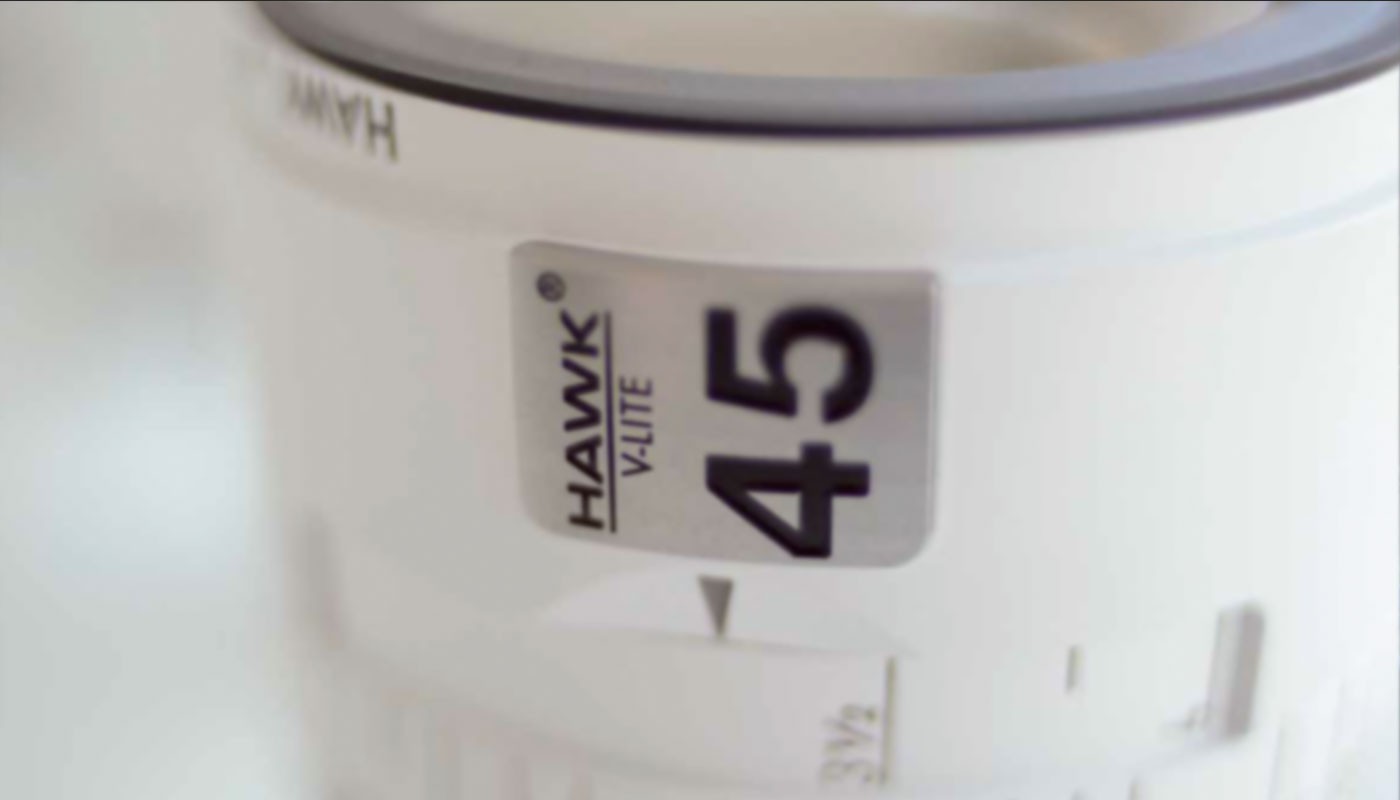
“The movie is really stylized and funky, and we did so many whacky things,” says Sela. “It was just a fun shoot overall. What I do is technical, but I try to stay nontechnical as much as possible. We plan carefully, but it’s the mix of the unexpected that’s the beauty of creation.”
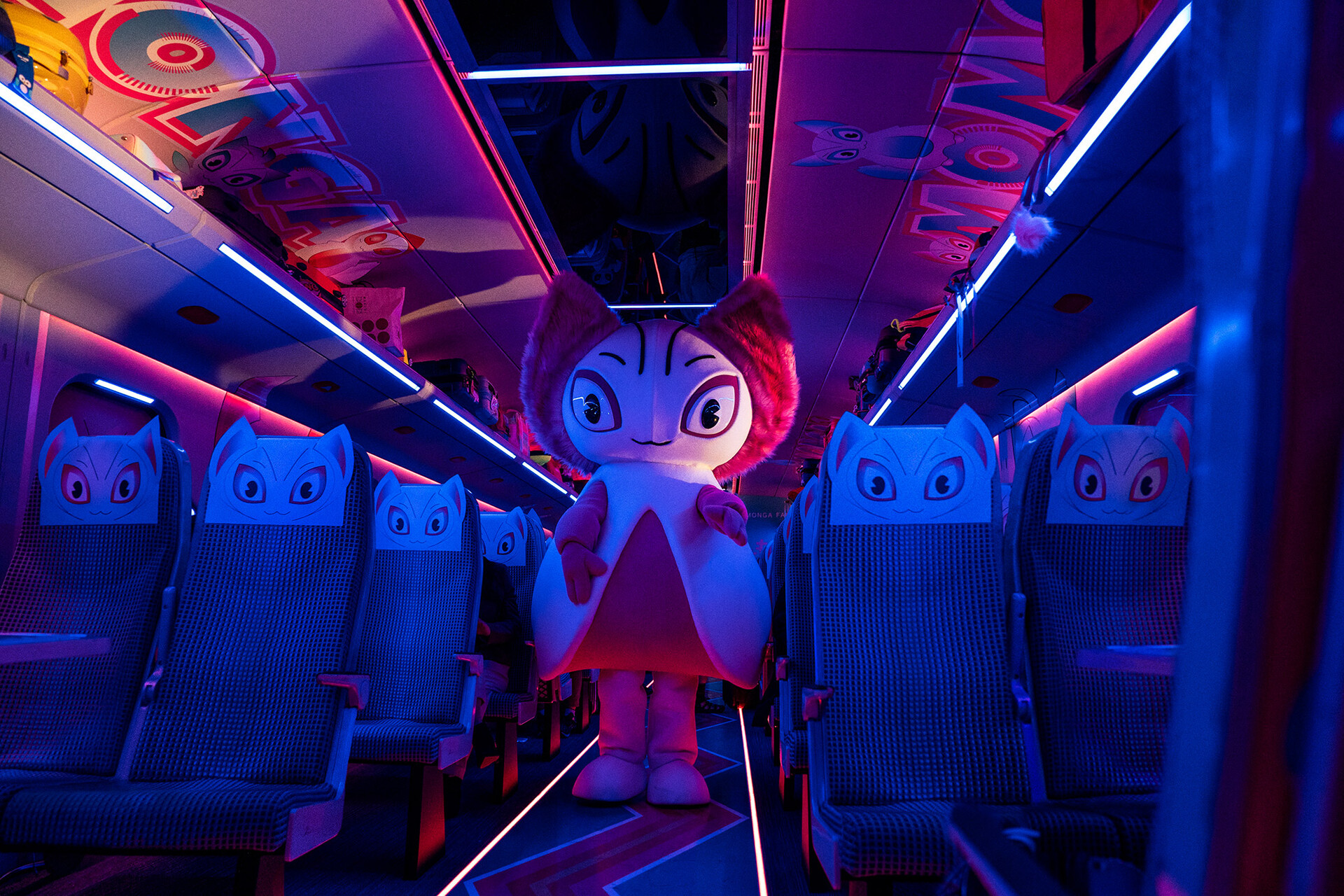
Bullet Train premiered on August 1, 2022 at the TCL Chinese Theater in Hollywood and was released wide on August 5 by Sony. After the sleek and choreographed action of Bullet Train, Sela went on to a completely different project – A Strangers’ Case, a drama about Syrian refugees risking their lives in an attempt to reach relative safety.
Watch the trailer here.
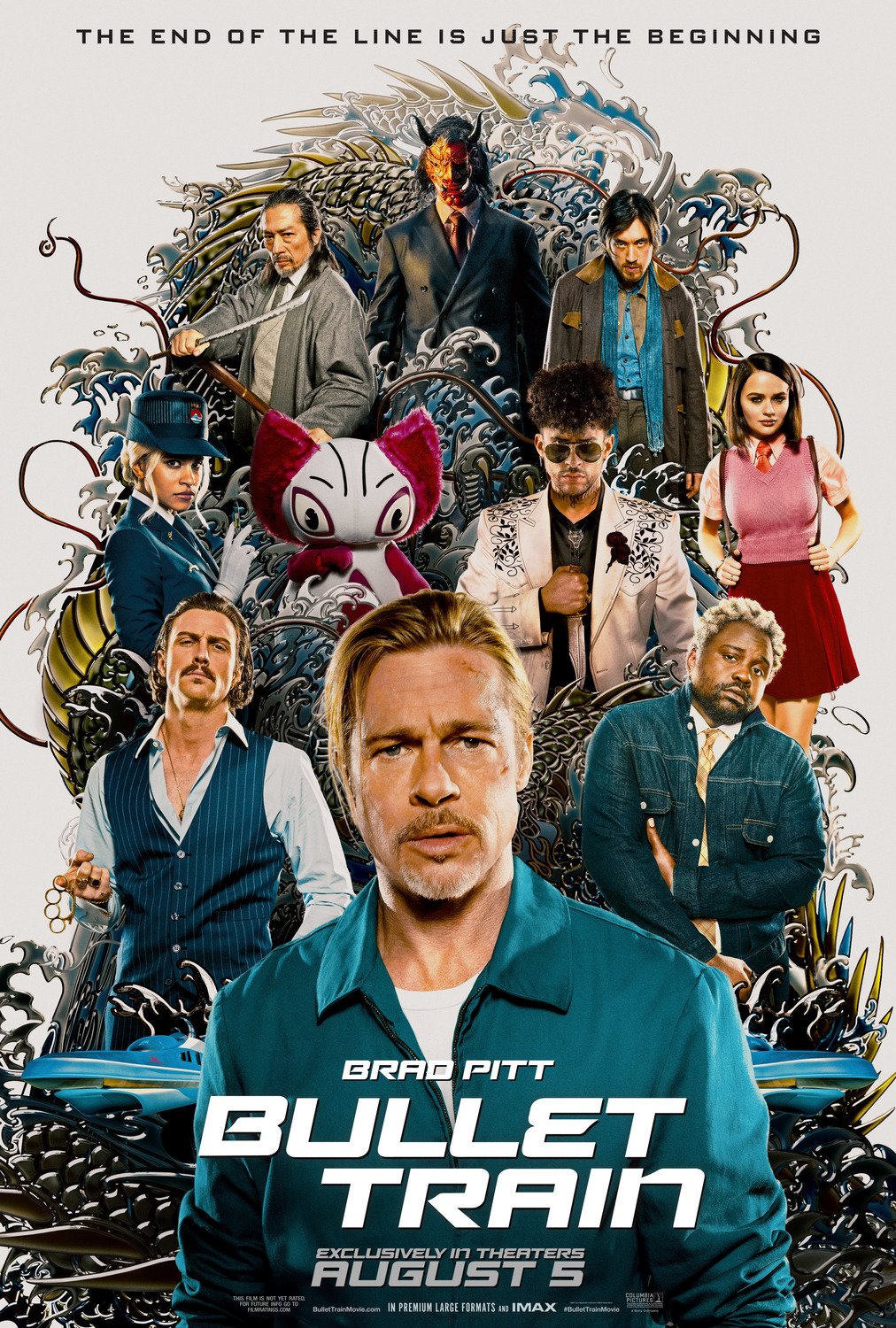
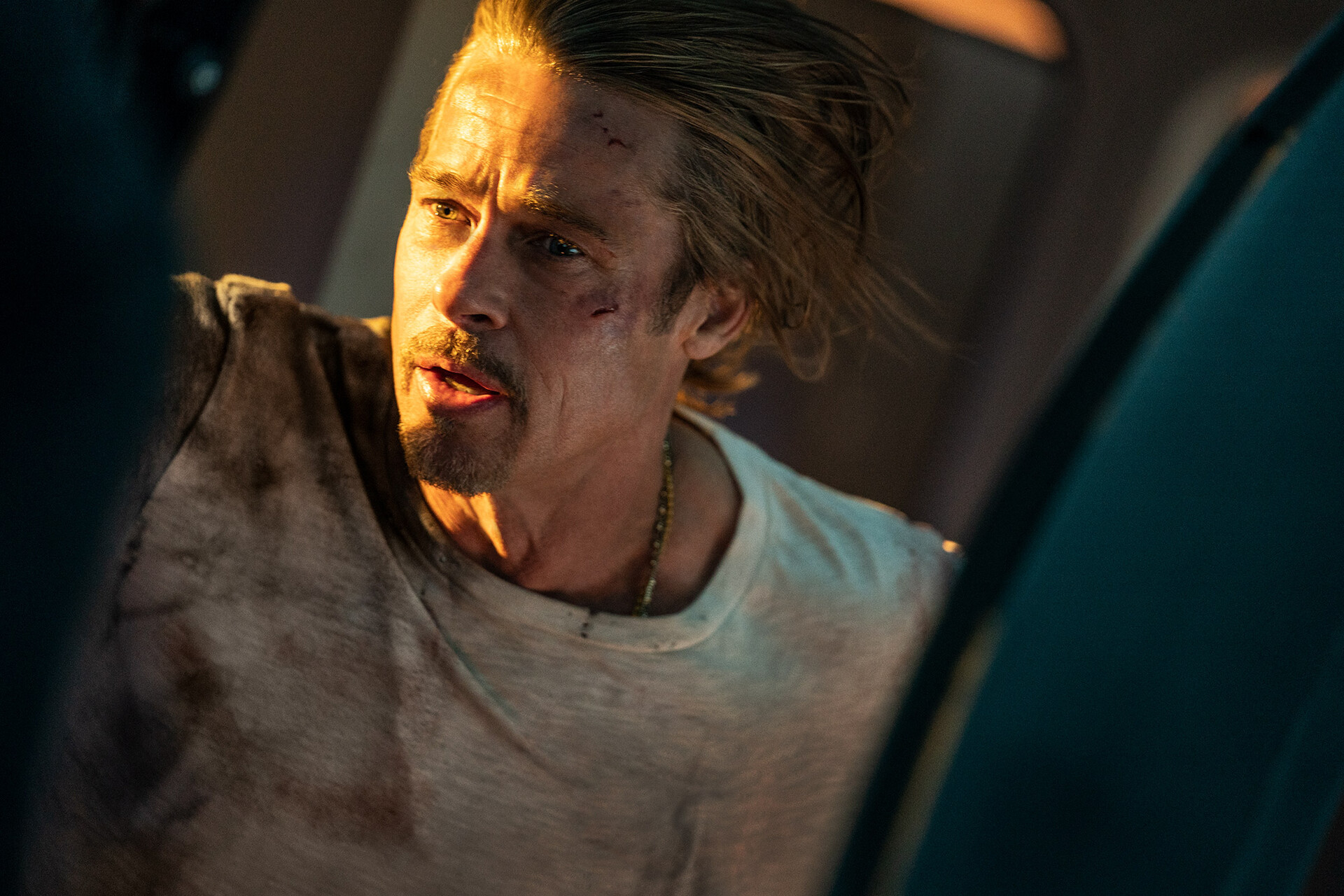
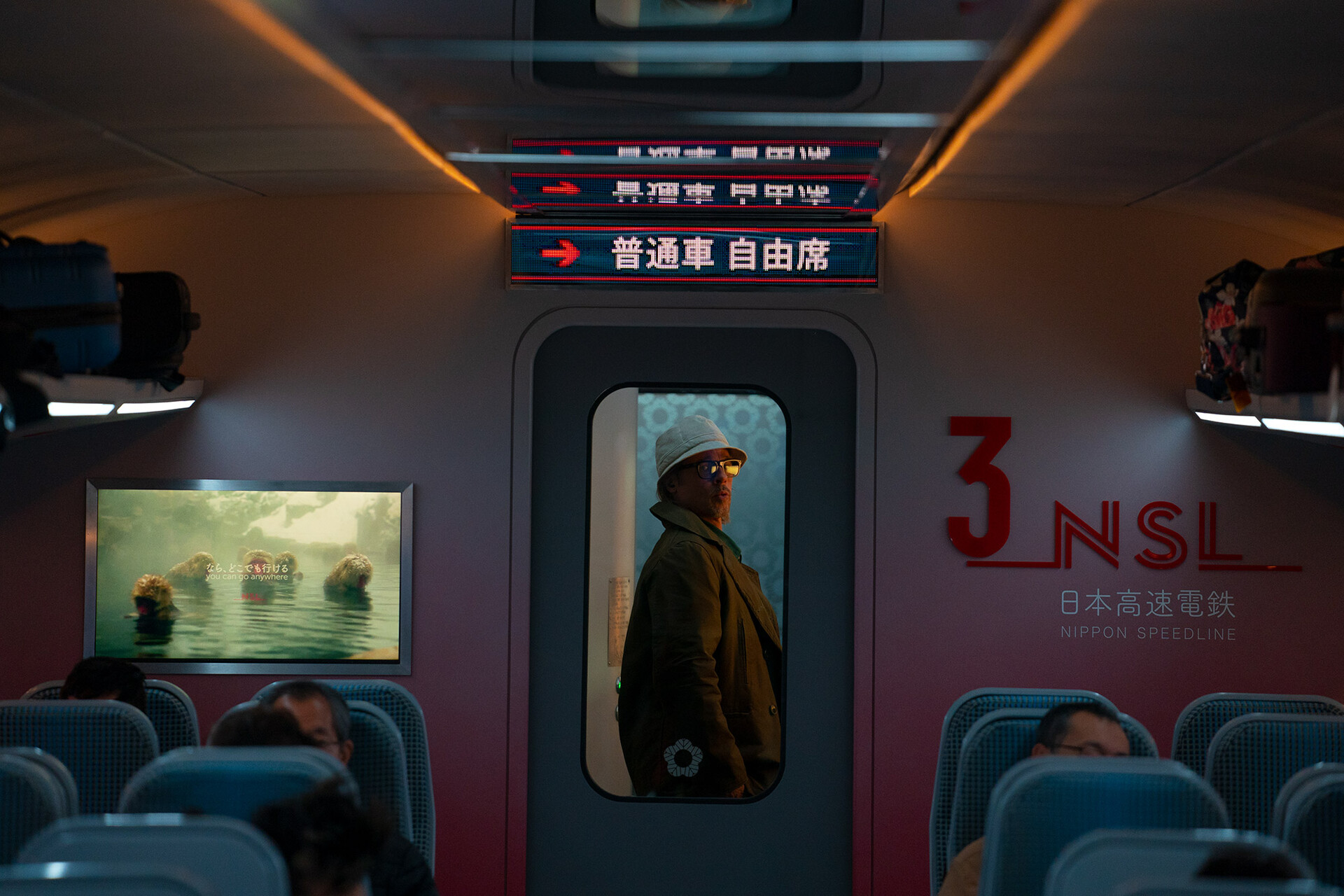
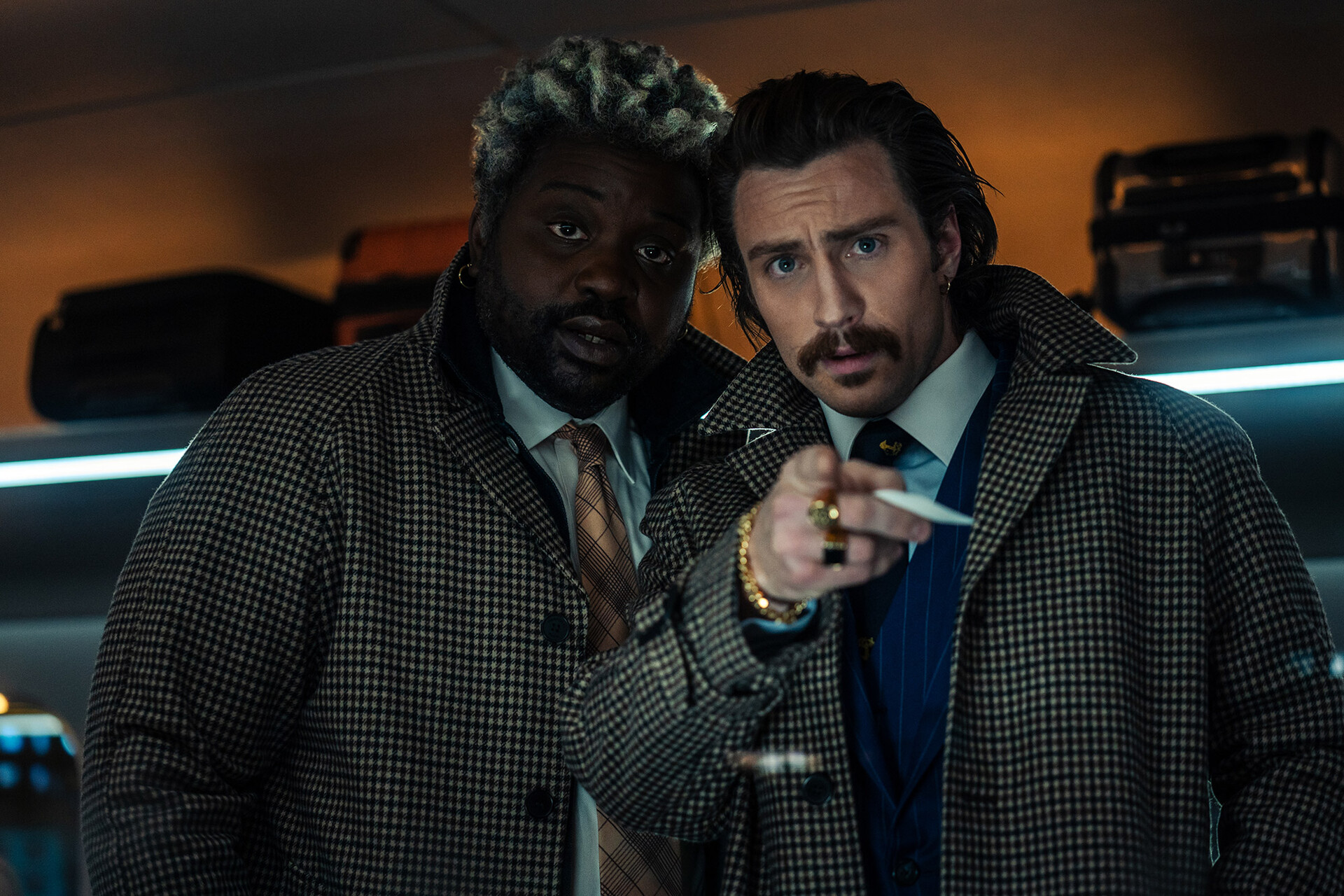
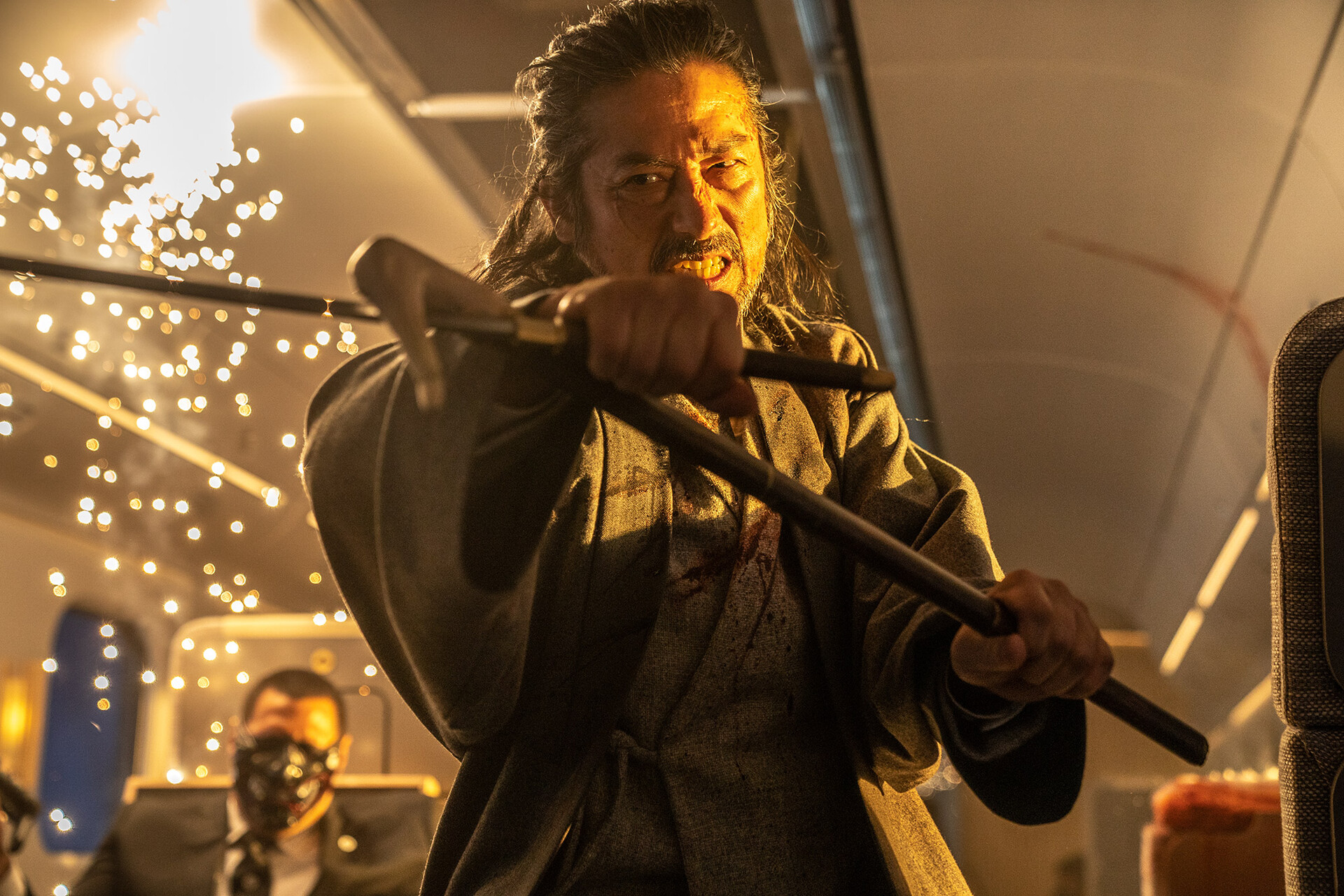
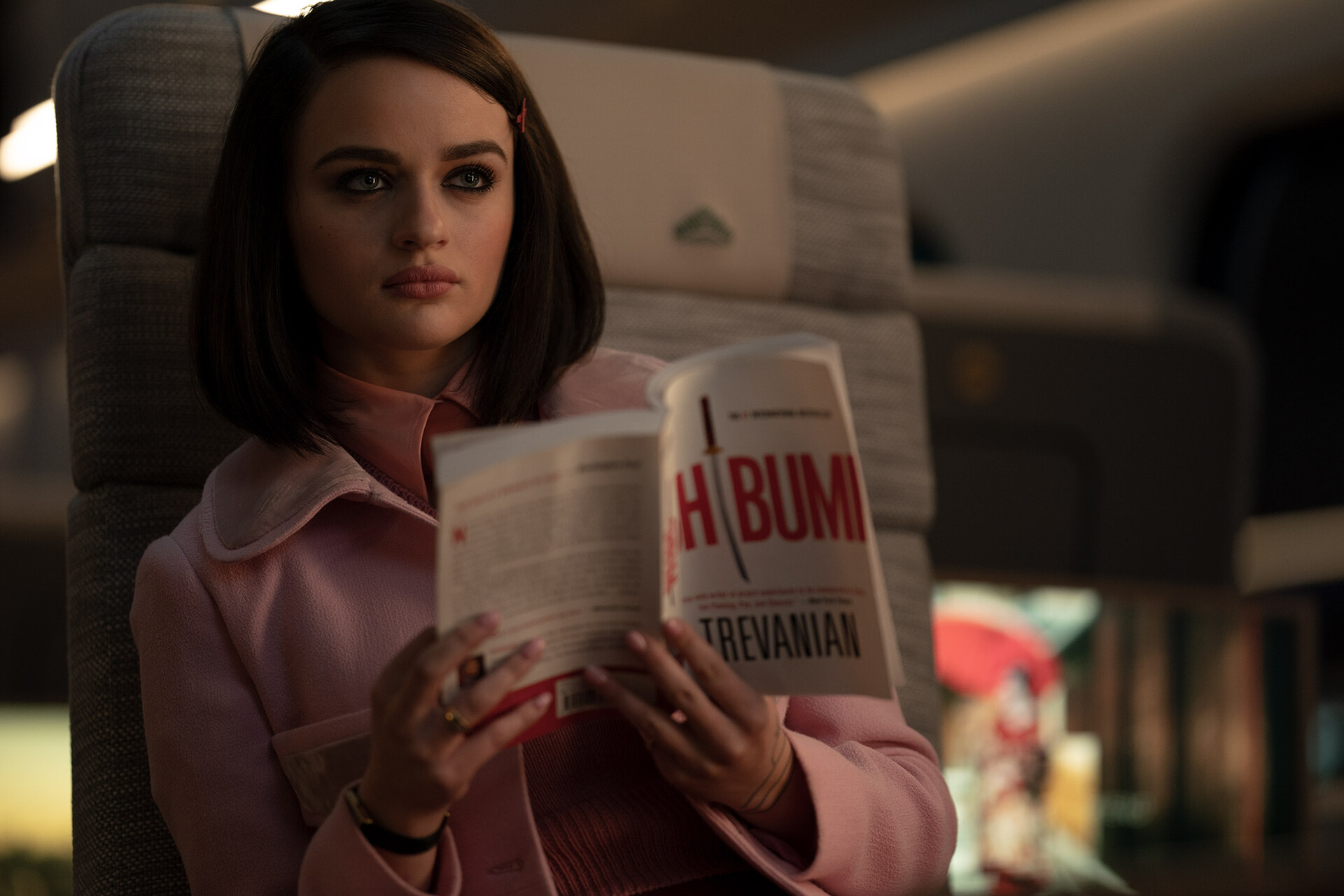
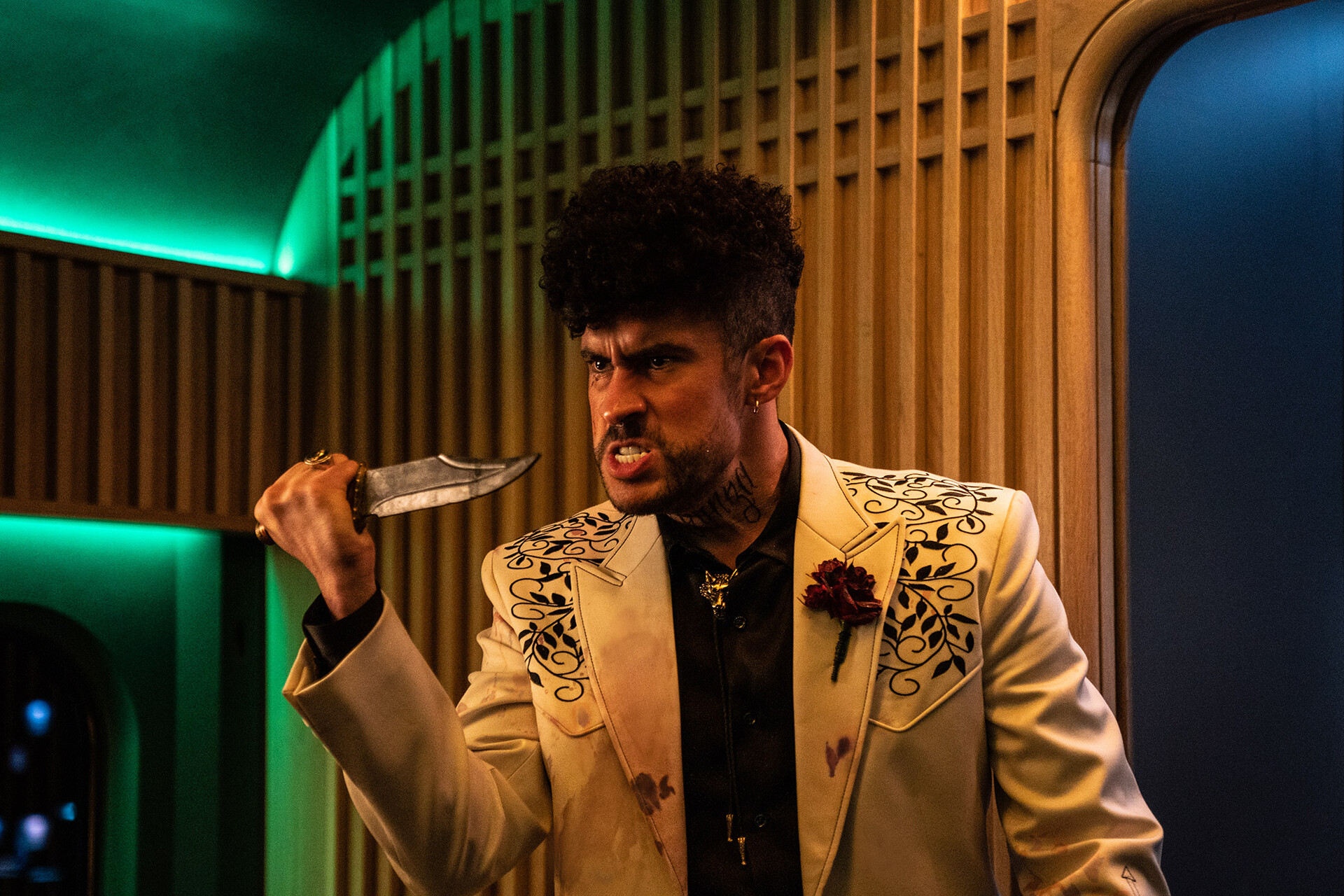
images: Sony Pictures